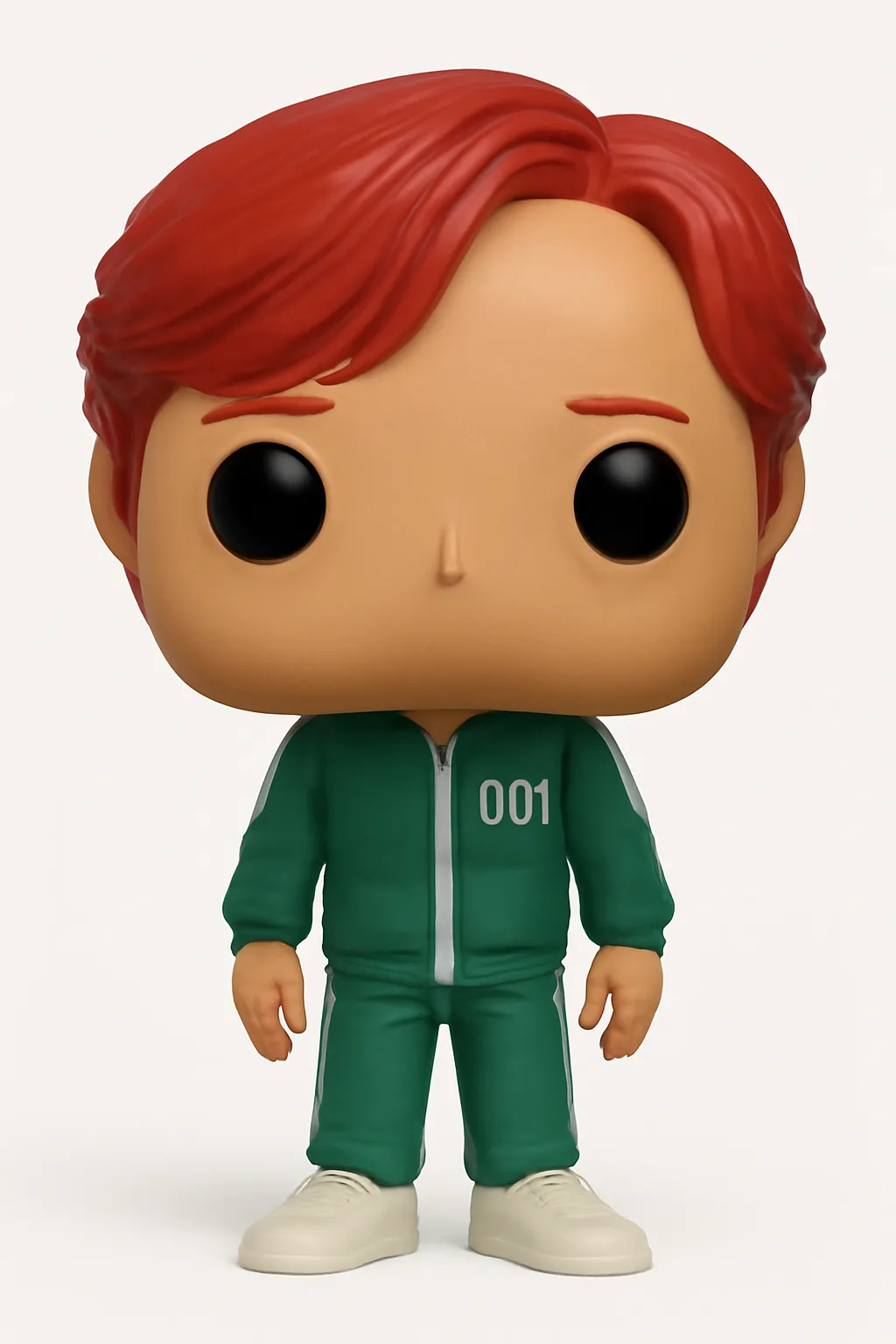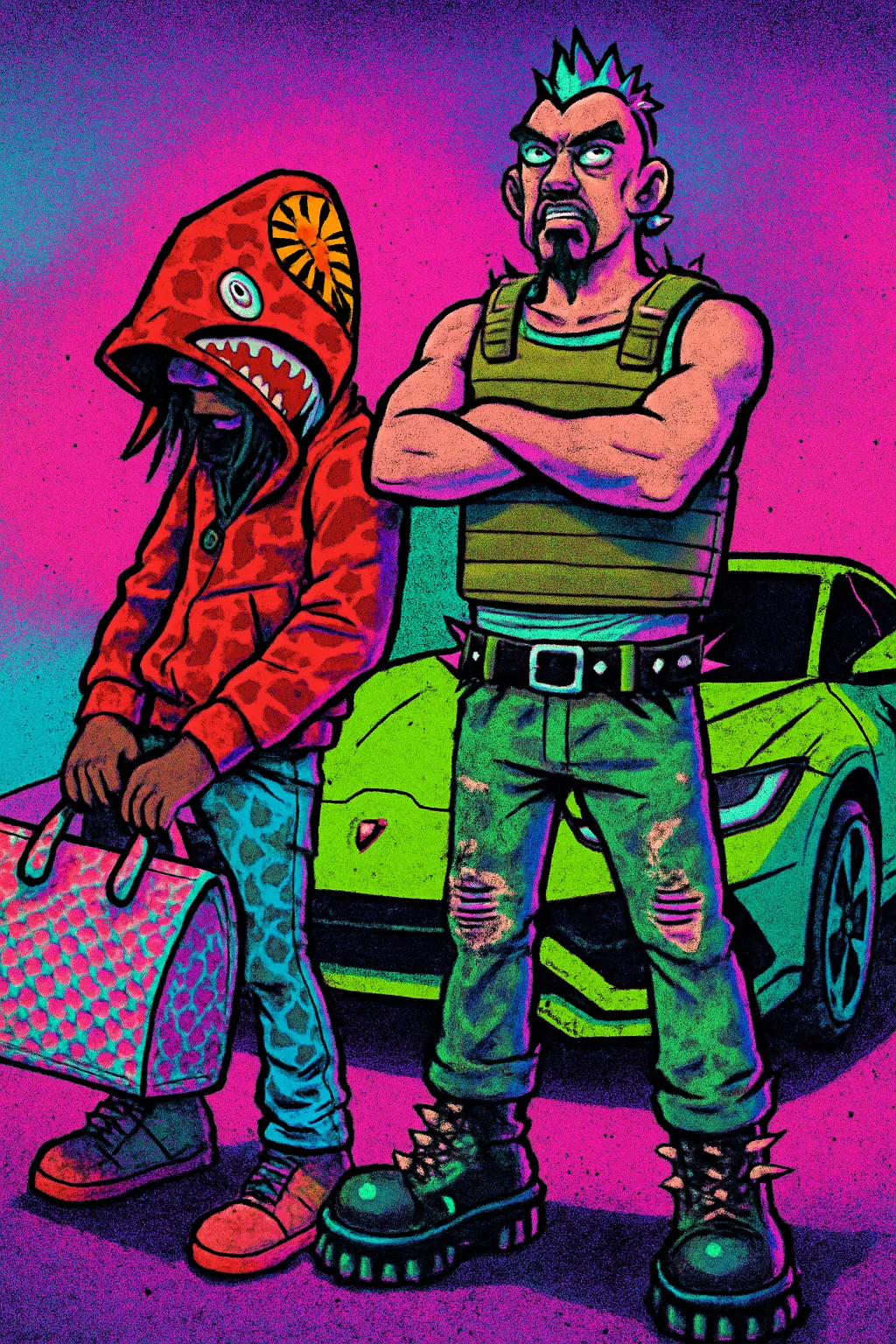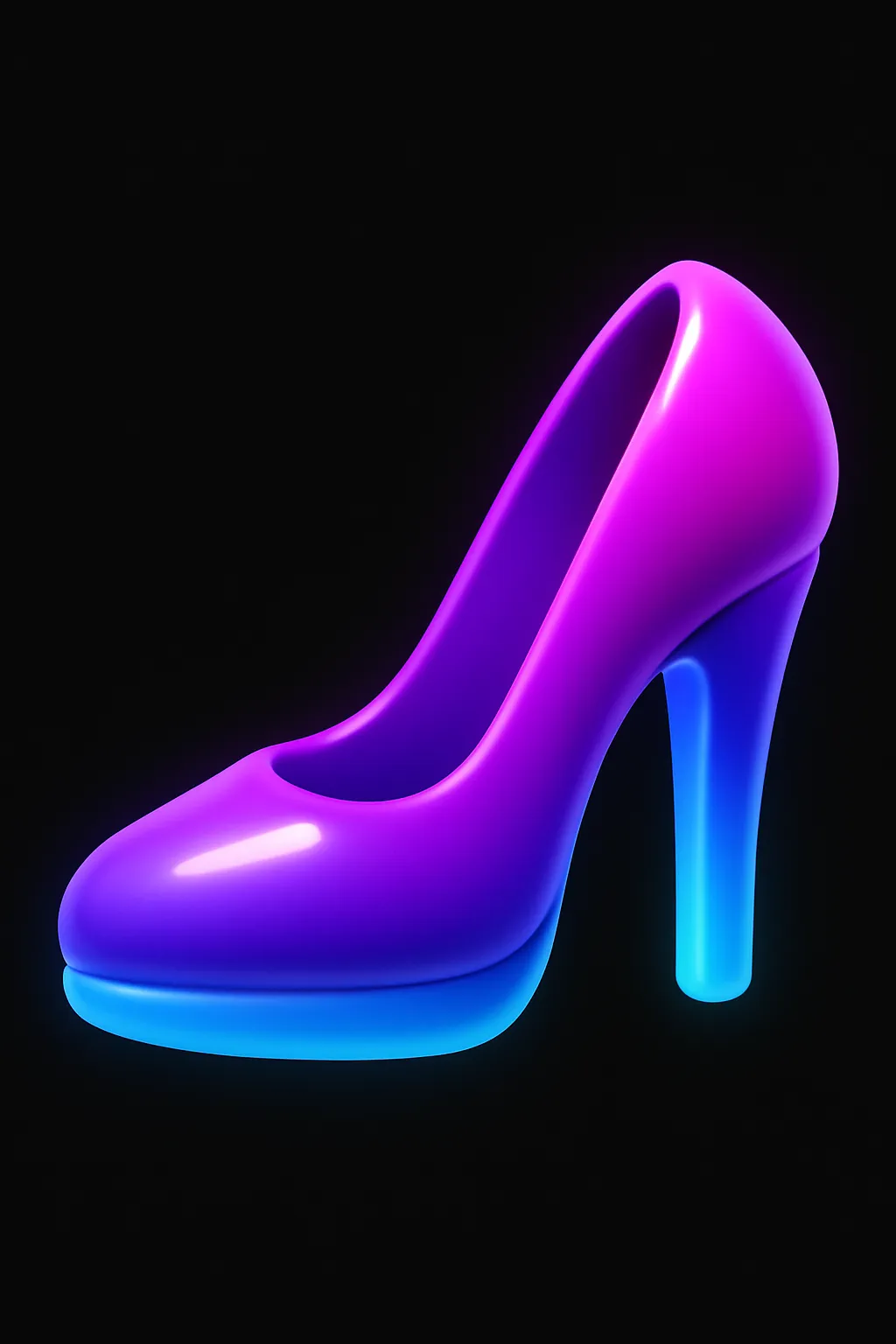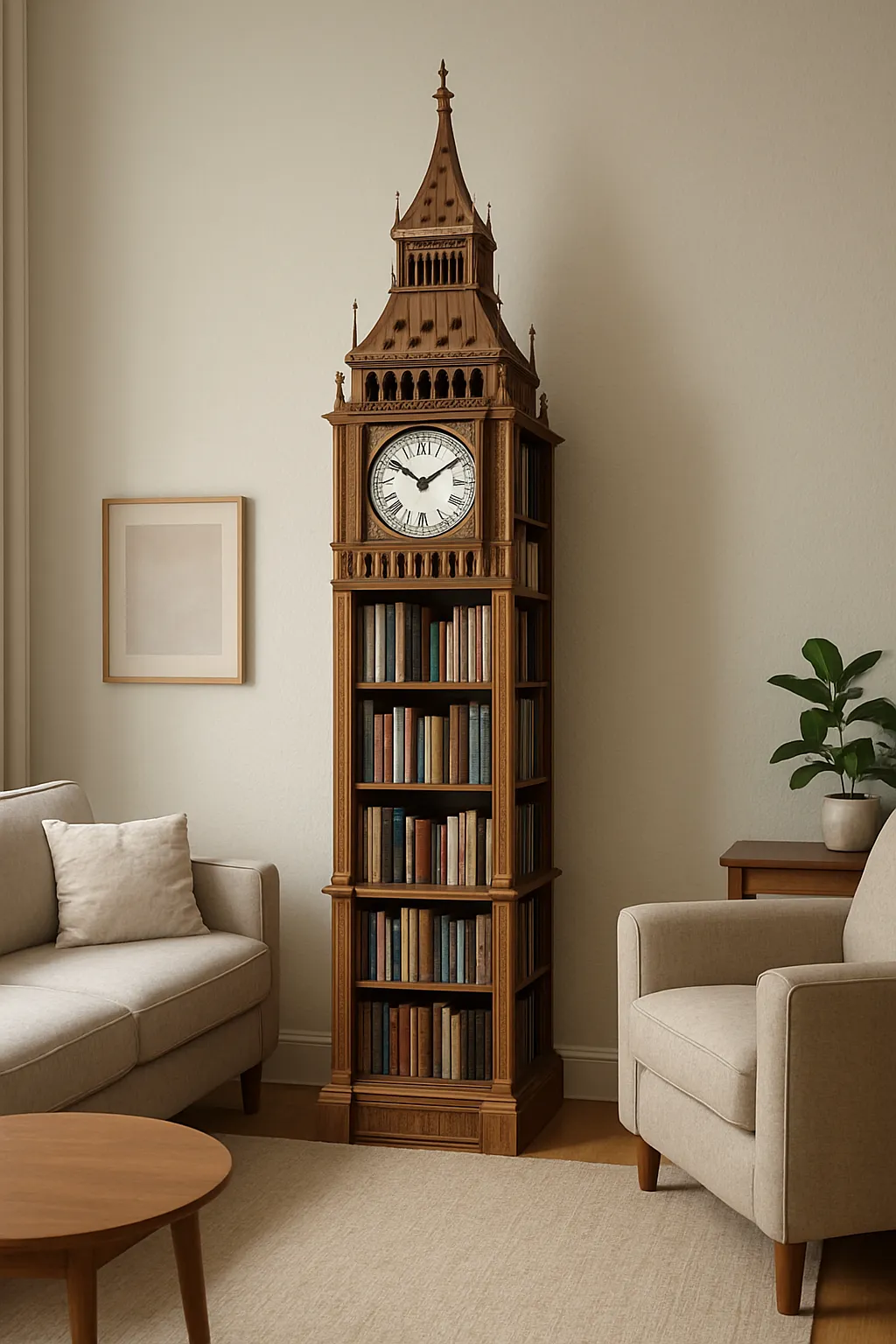Page 104 says:
"I'm sorry, but the sacred book has only 103 pages. Please choose a page number from 1 to 103."
Inputs used
From 1-103 choose a number, the God of Decision will give you advice 📖
The God of Decision is an interactive experience designed to deliver meaningful, thought-provoking messages as if they come from a divine presence that understands your inner world. To use it, simply choose any number this will be your “page of destiny.” Based on that number, the system will reveal a corresponding message: it may be a piece of quiet wisdom, a poetic reflection, or a subtle nudge to help you move forward. This tool is perfect when you're facing uncertainty, seeking clarity, or just looking for a small spark of inspiration. It doesn’t provide “correct” answers instead, it holds up a mirror to your own thoughts and intuition. Trust your instinct, choose a number, and let The God of Decision speak.
Prompt body









